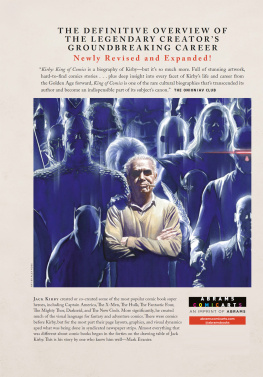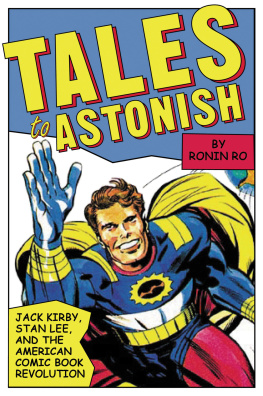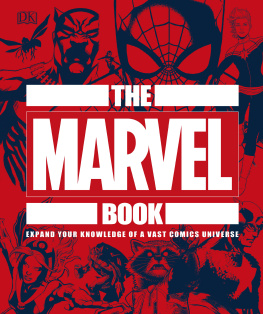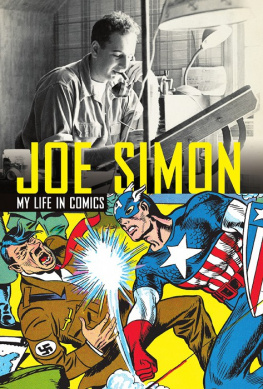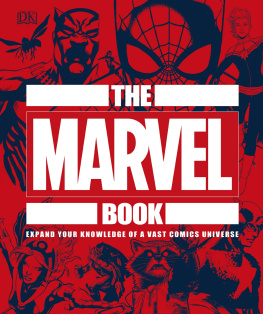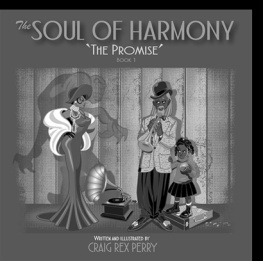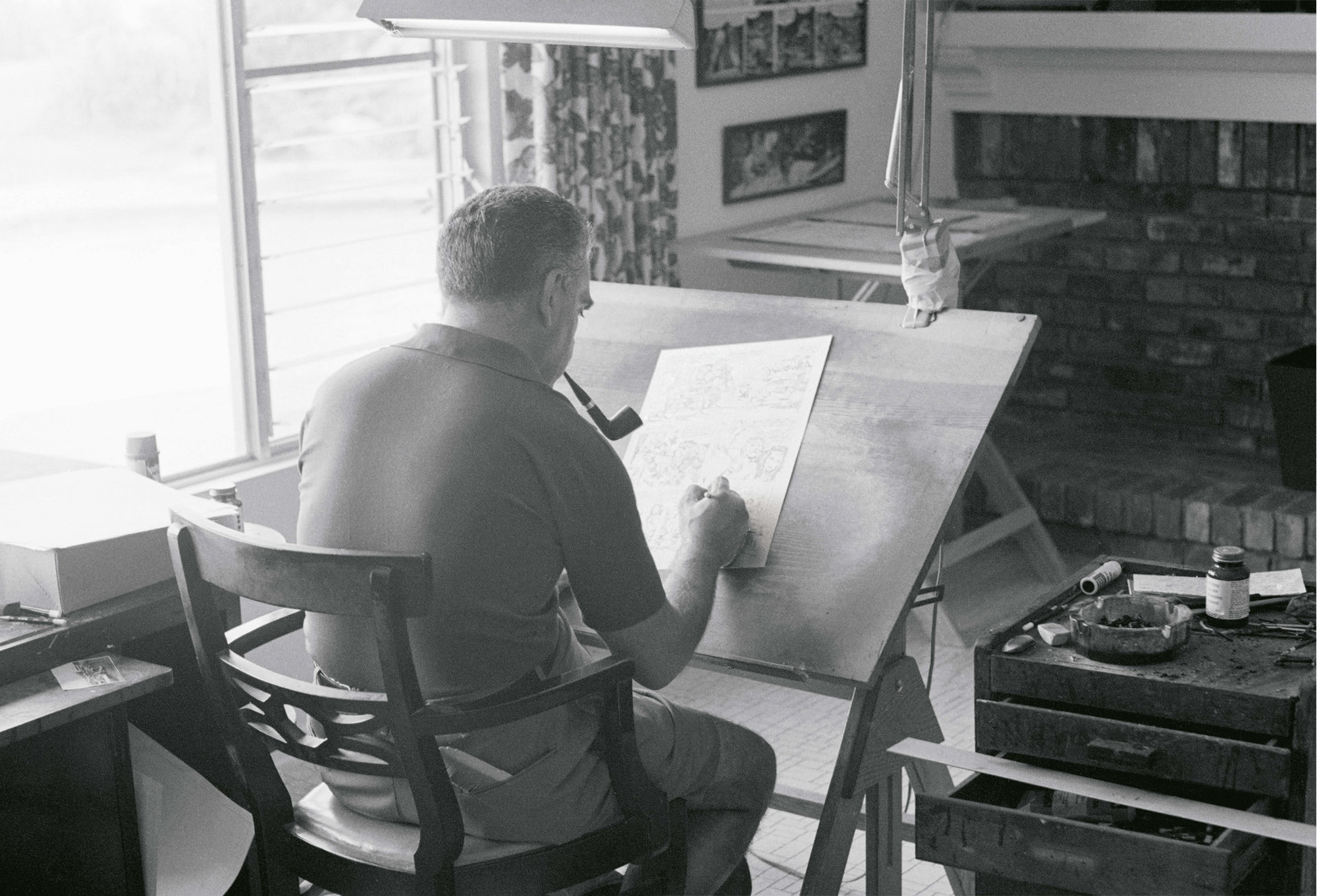

CAPTAIN AMERICA
no. 112
April 1969
Art: Jack Kirby and George Tuska
Marvel Comics

Galactus
THOR
no. 160
January 1969
Art: Jack Kirby and Vince Colletta
Marvel Comics

Presentation art
1976
Art: Jack Kirby

Silver Star
Presentation art
1975
Art: Jack Kirby

Jack Kirby
1992
Photo: Greg Preston

FANTASTIC FOUR
no. 51
June 1966
Art: Jack Kirby and Joe Sinnott
Marvel Comics

Editor: Charles Kochman
Editorial Assistant: Sofia Gutirrez
Designers: Mark LaRiviere and E. Y. Lee
Liam Flanagan (revised edition)
Production Manager: Alison Gervais
Library of Congress Cataloging-in-Publication Data for the 2008 hardcover edition:
Evanier, Mark.
Kirby : king of comics / by Mark Evanier.
p. cm.
ISBN 978-0-8109-9447-8 (hardcover with jacket)
1. Kirby, Jack. 2. CartoonistsUnited StatesBiography. I. Title.
PN6727.K57E93 2007
741.5092dc22
[B] 2007016321
This is a revised and expanded version of the book first published in 2008.
ISBN for this edition: 978-1-4197-2749-8
eISBN: 978-1-61312-256-3
Text and compilation copyright 2008, 2017
Mark Evanier
Introduction copyright 2008, 2017 Neil Gaiman
Cover design: Paul Sahre and E. Y. Lee
Revised cover design: Mark Evanier and Chad W. Beckerman
Title type for revised cover: Todd Klein
Published in 2017 by Abrams ComicArts, an imprint of ABRAMS. All rights reserved. No portion of this book may be reproduced, stored in a retrieval system, or transmitted in any form or by any means, mechanical, electronic, photocopying, recording, or otherwise, without written permission from the publisher.
Abrams ComicArts is a registered trademark of Harry N. Abrams, Inc., registered in the U.S. Patent and Trademark Office.
Abrams ComicArts books are available at special discounts when purchased in quantity for premiums and promotions as well as fundraising or educational use. Special editions can also be created to specification. For details, contact specialsales@abramsbooks.com or the address below.

ABRAMS The Art of Books
115 West Street New York, NY 1001
abramsbooks.com
All characters, their distinctive likenesses, and related elements are and 2017. All rights reserved. Reprinted with permission:
DC Comics:

CAPTAIN AMERICA
no. 5
August 1941
Art: Jack Kirby and Syd Shores
Marvel Comics

STAR SPANGLED COMICS
no. 28
June 1944
Art: Jack Kirby and Joe Simon
DC Comics
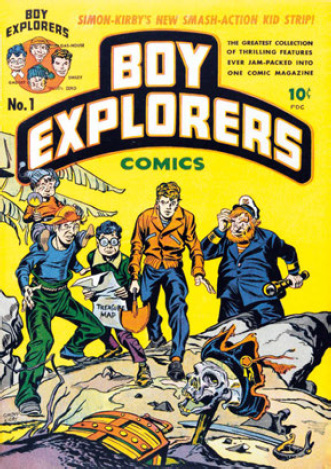
BOY EXPLORERS
no. 1
May 1946
Art: Jack Kirby and Joe Simon
Harvey Publications

YOUNG ROMANCE
no. 1
September 1947
Art: Jack Kirby
Prize Comics

BLACK MAGIC
no. 1
October 1950
Art: Jack Kirby
Crestwood Publications

BULLSEYE
no. 1
August 1954
Art: Jack Kirby
Mainline Comics
CONTENTS

The Sandman
Sketchbook drawing
1981
Art: Jack Kirby
INTRODUCTION
I NEVER MET JACK KIRBY, which makes me less qualified than a thousand other people to write this introduction. I saw Jack, the man, once, across a hotel lobby, talking to my publisher. I wanted to go over and be introduced, but I was late for a plane and, I thought, there would always be a next time.
There was no next time, and I did not get to meet Jack Kirby.
I had known his work, though, for about as long as I had been able to read, having seen it on imported American comics or on the two-color British reprints that I grew up on. With Stan Lee, Kirby created the original X-Men, the Fantastic Four (and all that we got from that, the Inhumans and the Silver Surfer and the rest), and the Mighty Thor (where my own obsession with myth probably began).
And then, when I was eleven or twelve, Kirby entered my consciousness as more than the other half of Smilin Stan and Jolly Jack. There were house ads in the DC Comics titles I was reading that told me that Kirby Was Coming. And that he was coming to... Jimmy Olsen. It seemed the least likely title Kirby could possibly turn up on. But turn up on Jimmy Olsen he did, and I was soon floundering delightedly in a whirl of unlikely concepts that were to prove a gateway into a whole new universe.
Kirbys Fourth World turned my head inside out. It was a space opera of gargantuan scale played out mostly on Earth with comics that featured (among other things) a gang of cosmic hippies, a super escape artist, and an entire head-turning pantheon of powerful New Gods. Nineteen seventy-three was a good year to read comics.
And its the Iggy Pop and the Stooges title from 1973 that I think of when I think of Jack Kirby. The album was called Raw Power, and that was what Jack had, and had in a way that nobody had before or since. Power, pure and unadulterated, like sticking knitting needles into an electrical socket. Like the power that Jack conjured up with black dots and wavy lines that translated into energy or flame or cosmic crackle, often imitated (as with everything that Jack did), but never entirely successfully.
Next page
